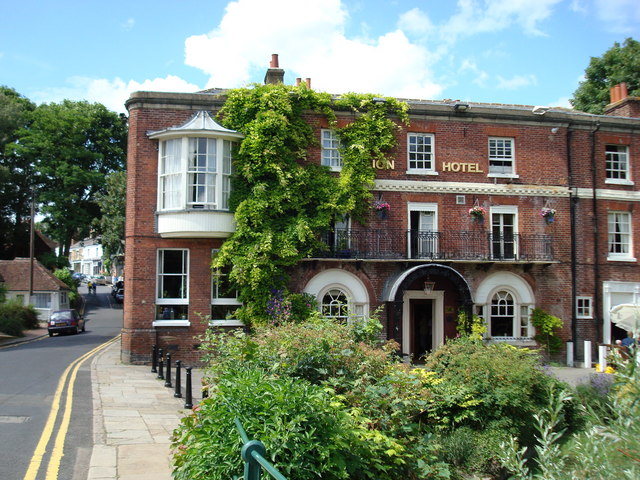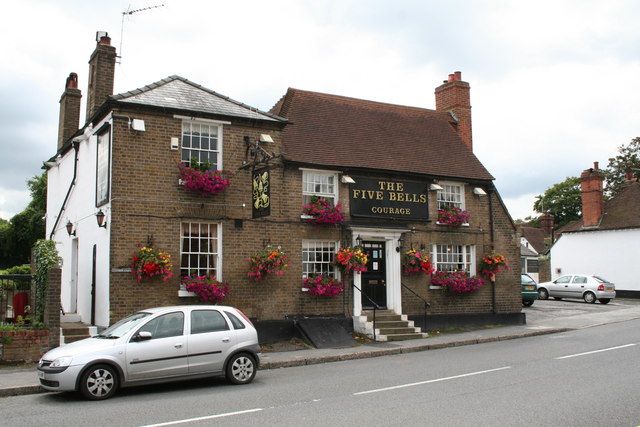With the BLM movement still very much at the forefront of people's minds these two interestingly linked articles are a welcome and timely reminder of the sacrifices made by black men and women for the cause of freedom in the many battles fought by the Commonwealth countries in support of the British war effort, in this case the stories of two Jamaicans who left their Caribbean home to fight in the First World War.
 |
| William Robinson Clarke, c.1914 source - Wikipædia |
 |
| source - B.B.C. News |
Now his story has come fittingly into the limelight again thanks to the recent auctioning of his original RFC I.D. bracelet at - in of further interest to me personally - a local Kent auction. Just what the link to Ashford is, or the reasons behind the sale, is not made clear. It may just be that the owner had decided to sell and was based nearby, with the auctioneers being specialists in militaria. Even so, their initial valuation of the bracelet seemed almost disgracefully low even by the conservative standards of most auction houses, so I am delighted to see that it sold for a much more respectable figure (over 30 times the estimate, in fact) and I hope whoever bought it appreciates it for the remarkable piece of black British military history that it represents (as I'm sure they must do to have paid such a sum for it). I for one am grateful for it making the news as it has introduced me to the enthralling story of yet another World War One airman, as well has hopefully perpetuating his name and deeds far beyond the sphere of military or Jamaican historians.
The second article is of equal interest - and perhaps of even greater importance as it potentially has the scope to rewrite accepted First World War history that currently has Walter Tull as being the first black commissioned officer to serve in the British Army during the conflict.
 |
| 2nd Lt. Euan Lucie-Smith, Royal Warwickshire Regiment source - Eastbourne Herald |
This is the story of another young Jamaican soldier, Euan Lucie-Smith, who enlisted in the Jamaica Artillery Militia in 1911 before shipping to England on the outbreak of war three years later to serve as a Second Lieutenant in the Royal Warwickshire Regiment (a full three years before Walter Tull was gazetted into the Middlesex Regiment with the same rank). Arriving in France in March, 1915 Lucie-Smith was sadly killed in action on the Western Front barely a month later on the 25th April at the age of 25.
 |
| source - Eastbourne Herald |
Both of these stories are very poignant reminders of just how strong a pull the "mother country" had over its outlying colonies - in the First World War and in other conflicts before and since - and the strong urge and desire of their young men to leave their homes and travel thousands of miles to join up and "do their bit". They are incredibly relevant and apposite at this time of racial inequality and it is to be hoped that both accounts will take their rightful places in the history books as a result of these finds, which I trust will be suitably respected and preserved for future generations.
















_(18373797302)_(2).jpg)




_(18423334646)_(2).jpg)




